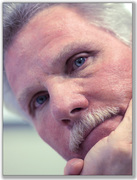|
Chris Fedderson — MacroFine Musings [This post is an elaboration on the second point I made in my post of November 10, 2015, Five ways to raise your photo IQ (Interest Quotient)] ~~~~~~~~~~~~~~~~~~~~~~~~~~~~~~~~~ The only thing your camera can’t and won’t do for you is COMPOSITION. It is said that your ‘composition’ — your body language — divulges your true intent. It’s true — it does. It’s why your parents said, “Say you’re sorry — and act like you mean it.” They knew that your body language, tone of voice, and message all needed to be in sync for your apology to be construed as genuine. And so it is with your images. Well, maybe not these three things, exactly, but all the elements of your image (subject, focus, lighting, etc., and composition) do need to be in sync to best convey your intended message / feeling / emotion / etc. Imagine you’ve got two beautiful images of a butterfly-in-flight and a flower. In one, it’s flying toward the flower and in the other it’s flying away. Clearly, two different interpretations; possibly even direct opposites. Maybe your two images have no more heady a message than “My Trip to Paris”. In one, your friend is dead center, looking stiff, the Eiffel Tower is growing directly out of the top of Friend’s head. In the other, Friend is off to the side, turned toward Eiffel looking back to you over a shoulder, Eiffel is in the distance. That would be a much more pleasing image than ‘tower-growing-out-of-head’. Add in that Friend is in focus and Eiffel is out of focus in the surreal distance. Or visa versa. Oh, the possibilities seem endless! Just about as endless as are the rules governing composition techniques. I Googled ‘photo composition rules’ and looked briefly at just three sites to find just some of the ‘rules’ you ‘must’ to pay attention to:
Oh, Good Grief, Charlie Brown. You can’t even remember to not kick that football! How are we to remember all those rules?! Well, the good news is two-fold: 1) you don’t need to remember all of these, and 2) even if you did memorize all of them, they don’t all come into play with any single image. That makes it easier. Start with one or two, and work from there. Plus, you may already be doing some of these unconsciously. I’m going to choose a few of the simpler techniques which help guide the placement of your subject and supporting elements within your image. Consider the shapes and forms within your image.
Think about how these elements might ‘work’ within a rectangular constraint. Generally the viewer’s eye will come in at a strong element and follow whatever path the other elements provide. So you want to provide a strong eye-entry point and a path. The concepts I’m going to talk about here are equally applicable when your format is a square image. Probably the most well-known rule is the Rule of Thirds. Divide your image into thirds vertically and horizontally (much like a # sign) and put that cow, moon, or person near one of the four places the lines cross. You’ll probably want them to be facing into the bulk of the image… but maybe not. What is your message or emotion? Now, see whether you can put any image elements along the third-lines. Doing this as a strict rule is way over-simplifying the concept but it is a good way to start to work with your image’s message to see how it is best delivered. Lines. They can be a bane or a blessing. You probably don’t want them to divide your image so it appears you have two separate images in one. But they can be an extremely strong way to guide your viewer into and through your image. A fun thing about lines is that they can strongly and effectively defy the Rule of Thirds — and don’t we love to break the rules! When your subject is symmetrical (formal gardens, subway stations, inside churches) the walkways, tracks, or aisle and pews can often be dead center leading your eye to the focal point. But back to that pesky Thirds Thing. The pinnacle element — the garden fountain, the train leaving the station, or the stained glass window — probably should still adhere to the ‘place it at the thirds’ concept, if possible.
Lines might curve through your image leading the eye past a few key elements — a pasture fence might wind past the flock, the shepherd, and his dogs at the side; see if you can place these at the Thirds. Finally — in this conversation, anyway — let’s speak of movement. Real and implied. Generally (again with the ‘generally’ since your message will determine the outcome here) generally, your subject should be perceived as moving into the majority of the image’s area. But maybe not. Is it a puppy scampering around the yard? Then probably it should be scampering into the shot. Or is it a shot of one lonely soul walking down a long, straight country road toward the sunset and so should be near the farther limits of your image about to disappear from view? Only you will know these answers since these are your messages depicted in your images. Thank You for visiting, — Chris P.s. How are these composition exercises coming along for you? Which ones have been a snap? Which ones are giving you grief? What revelations have you had? When and how have you broken the rules — to your benefit? Let us know in the comments and we’ll all compare notes.
0 Comments
Chris Fedderson — MacroFine Musings ~~~~~~~~~~~~~~~~~~~~~~~~~~~~~~~~~~ I recently joined the Workhouse Art Center in Lorton, Virginia. To paraphrase the mission statement: The Workhouse Arts Center will provide “a unique arts center that provides visual and performing arts, arts education, and entertainment for the community at large”. Why “Workhouse”? The facility was built in the early part of the 20th century as a prison/workhouse for Washington DC’s non-violent criminals. Included in the prison population were “criminal” members of the National Women’s Party, incarcerated for picketing the White House campaigning for women’s voting rights. So the facility continues its life as a workhouse… this time as an art-Workhouse. The Workhouse hosts scads of special events, programs, classes, lectures, etc., throughout the year together with our monthly Open House, Second Saturday, with many Gallery/Studios hosting individual programs. On a more day-to-day level, the Workhouse currently houses approximately 60 visual artists, working in a variety of mediums, many creating their work in on-site studios located in the former prison blocks, all re-designed and remodeled to accommodate each specific medium. These studios are open for you to visit, to watch the artists creating, and to purchase original artwork directly from the creating artist! Each building also hosts a retail gallery of its own where you may purchase original Works Of Art by the Artists on site. We have artists creating in glass, ceramics, painting, batik, photography, mixed media, fiber, performing arts, and movement (Pilates and Yoga) to name a few. The group I’m a member of are the Associate Artists. We don’t have studio spaces on-site — we produce our art elsewhere — but we have a gallery on-site in Building 9 where we host ever-changing, month-long exhibits of our members’ work. In addition, we also host extended exhibitions of a dozen or so pieces, all created by one of our members as a Featured Artist. With these more extensive exhibits, you can really get a feel for the Artist’s personal perspective. One of the things we do in our gallery on Second Saturdays is hold the People’s Choice Awards. We invite all of our guests to vote for their favorite piece of Art in our gallery. In January (2016) Nancy Hannans won first place, and in a tie for second place with Kathy Strauss was Yours Truly for my image Nature’s Fireworks. Our members create mostly in 2-D (painting, photography, batik, etc.), but we also show some 3-D fiber arts, notecards, and jewelry, and we also offer very affordable matted print reproductions of many of our art pieces.
If you live in Northern Virginia, or are planning to visit, make a point to come visit the Workhouse. Visit the Workhouse Prison Museum on-site for a fascinating — and sobering — glimpse into a bit of our local history and backstory. Then, visit the Associate Artists’ gallery in Building 9, along with all the other working galleries in the other buildings, and come away with a special bit of original art you were able to purchase directly from the Artist/Creator. Thank You for visiting, — Chris P.s. What experience from your recent visit to the Workhouse did you find particularly illuminating, interesting, inspiring, poignant, sobering, informative, fascinating, thought-provoking, inspirational, intriguing, motivating… Share and we will all benefit from your insight. 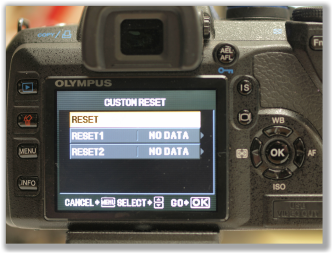 Custom Reset on my Olympus menu Custom Reset on my Olympus menu Chris Fedderson — MacroFine Musings ~~~~~~~~~~~~~~~~~~~~~~~~~~~~~~~~~ WHAT?! It took me a hundred years to get the settings just right! I recently sent my camera in for repairs. They fixed what I had broken, cleaned it inside and out, and… gasp!... reset everything to the factory defaults! I thought that was it. I was done. I’d never be able to get it back to the way I wanted it. I might as well go get a job in fast food. But I heaved a heavy sigh, and sat down with the manual — again. I’d done this before, hadn’t I, and it hadn’t killed me then, had it? As it turns out, this really was a good exercise for me. Not to do every other week, or even once a month, for goodness sake, but maybe once a year or once in two years. You can find the menu item in the basic camera settings area of the menu. It’ll probably be called Custom Reset or Factory Defaults or some such wording. So I’m telling you now: reset your camera to its factory defaults. “B-b-b-but-whyyyy??” you ask. Because:
It's just after the New Year now and what better time than now to start a new chapter, turn over a new leaf, start again from scratch, exercise a do-over, fulfill a resolution, this is your chance for a Second Honeymoon. A second chance to work out all your differences and establish a brand new relationship. OK, so that was a bit melodramatic. But this is a chance to gain a renewed understanding of all the features and functions your camera can provide for you. You may possibly — nay, probably — improve your technique and your Art. Thank You for visiting, —Chris P.s. Did you do this? What do you think? Are you going to stop reading my lame advice now or did you benefit from it? What did you discover? How are you using your camera differently now? Send me some comments — let’s compare notes! Chris Fedderson — MacroFine Musings ~~~~~~~~~~~~~~~~~~~~~~~~~~~~~~~~~~~~~~~~~~~~~~~~~~~~~~~~~~ “I can’t wait to get back to work so I can relax.” — Everyone who has spent the Holidays with relatives! We’re all getting back to our various routines after the hubbub of the Holidays, and I’m guessing with varying degrees of success. I know I’m looking at sizable list of things that all need to be finished — right now! But, after a couple weeks of “relaxing” (at least not “working”), I’m now out of practice regarding just how to make that happen and also, I’m simply having a hard time getting back to it. *sigh* I think Step 1 should be to just relax about it; everything will get done… eventually. And while I’m letting my workload chill a bit, I want to take a minute to ask, “How were your Holidays?” I hope you had good ones, whether spent in the chaos of a large family gathering, or in quiet reflection with one — or a few — close, loved ones. I had one of those quiet holidays with Kathy, my other half, my muse, my rock. One of the relaxing things we did was to go out to Mason Neck State Park for a photo safari. We visited one of my favorite fallen trees. And by “trees” I really mean two. One tree, made up of two major trunks growing very close and parallel from a single 3-foot stump, split and the trunks fell in opposite directions. Things that make you go, "Hhhmmmm...". It has now been a couple years since we first found this tree and it has started its “work-flow” of decay. It is not rushed. It does not care how long this will take. It does not worry about what to do next. It just goes along, doing one thing at a time, in the proper order, not concerned with what has passed nor with what will come next. All will come to be -- in due time. We could learn something from this tree… I think you already know what it is. I took many shots of the things happening to this tree; the peeling bark, the weathering of the wood, the lichens and fungus growing on it. In reflecting on this progression, I couldn’t help thinking of the ebb and flow in each of our lives. Every image I saw reflected this ebb and flow... metaphorically… So, if you’re feeling as I am, a bit overwhelmed and harried after the Holidays, think of this tree, and know that all will come to be — in its due time.
Thank You for visiting, — Chris |
Categories
All
About Chris
I am a Virginia-based photographer and gather my images while hiking in parks and natural areas here at home and in the locations I travel to. I also love to visit arboretums and botanic gardens to find unusual and exotic subjects. Archives
March 2017
|
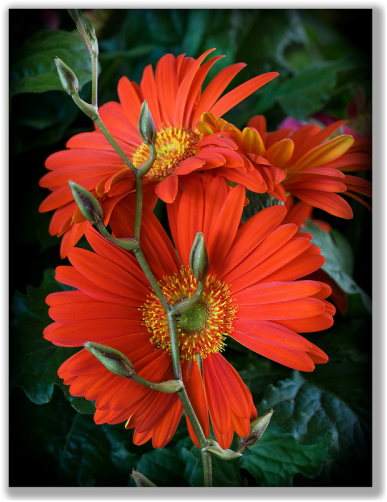
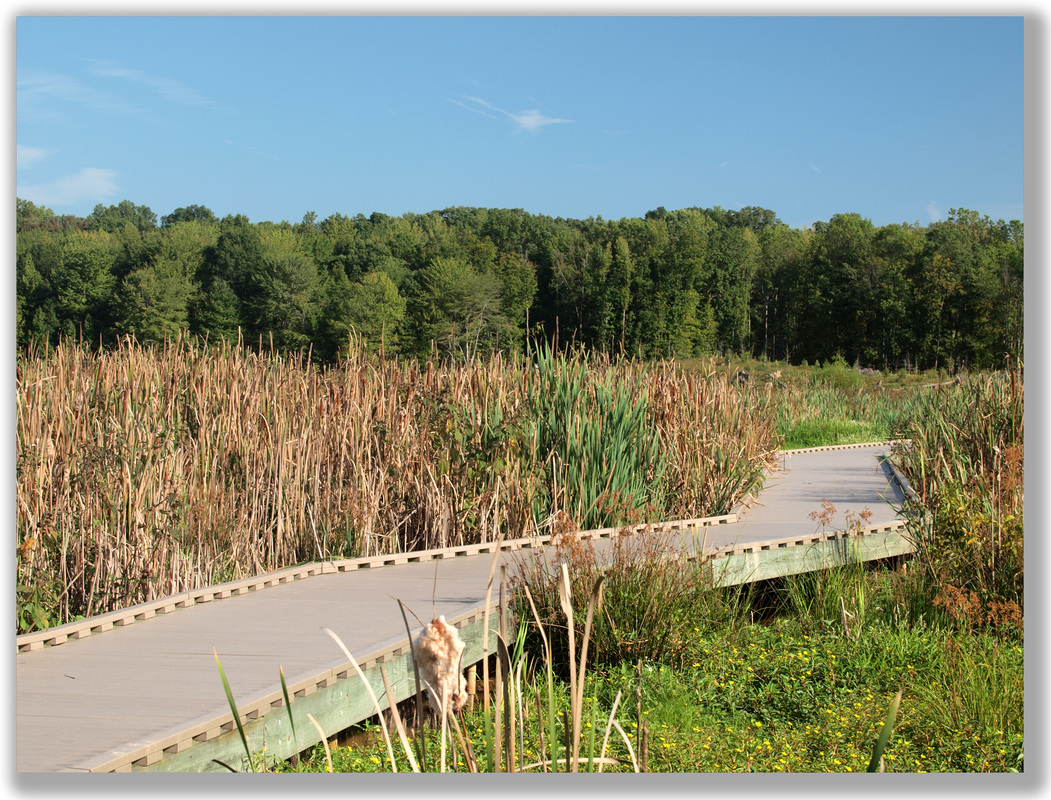
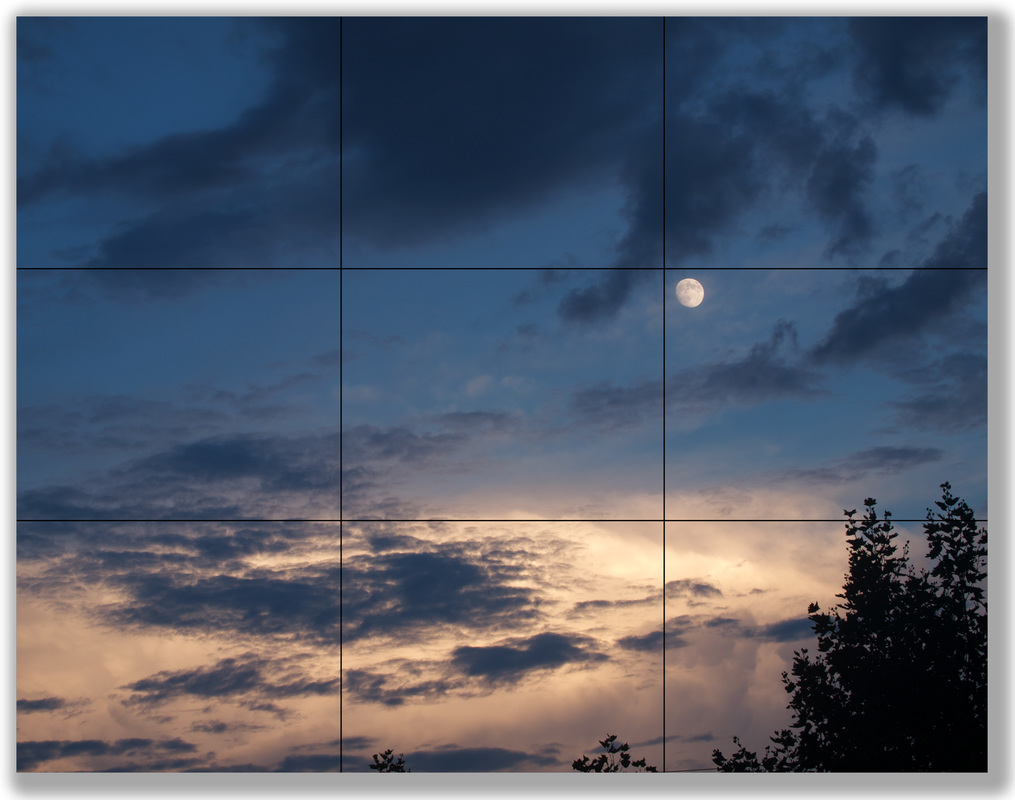
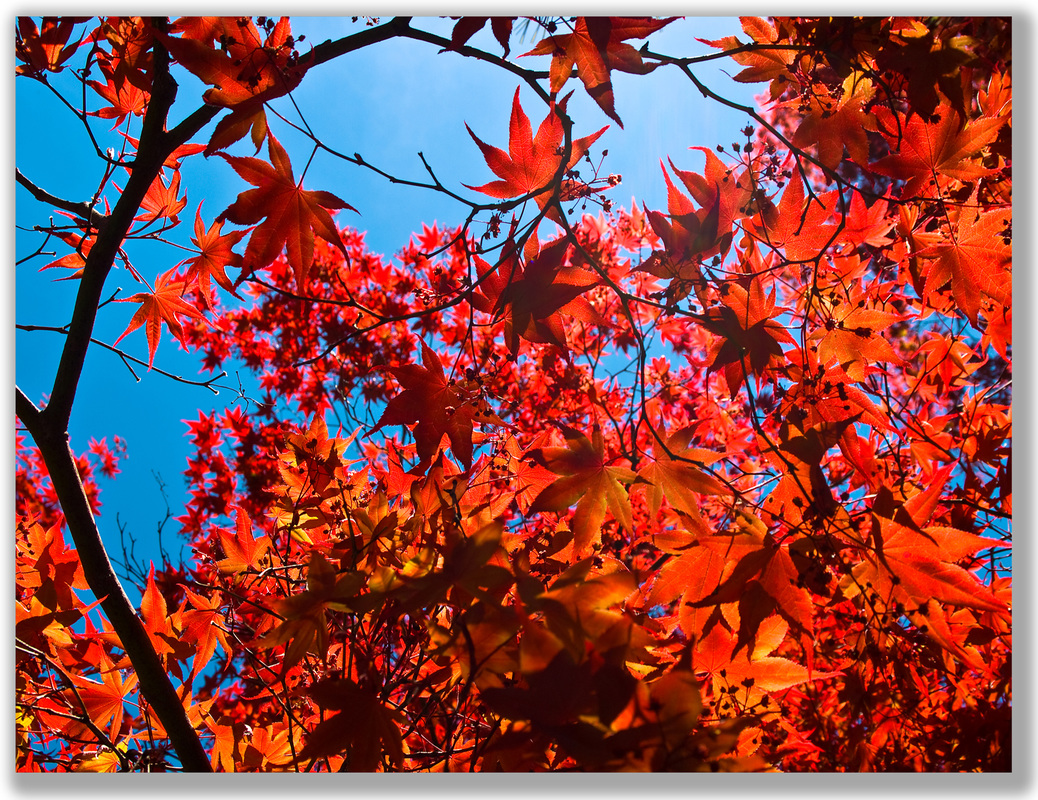
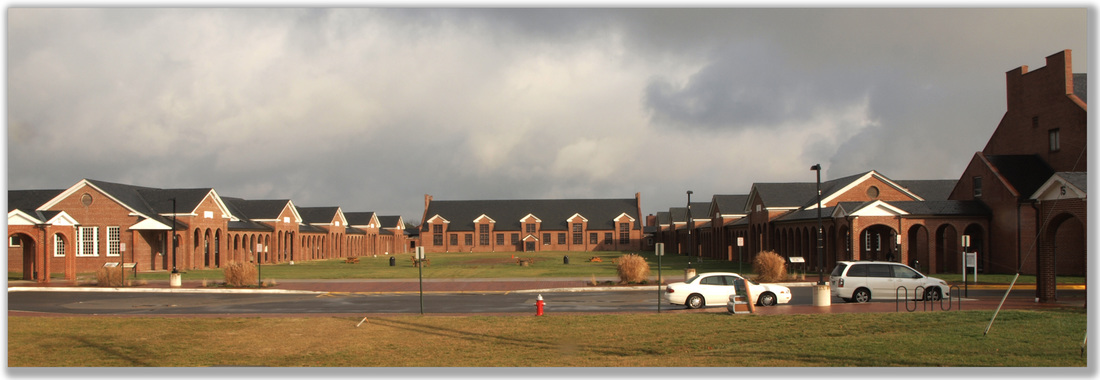
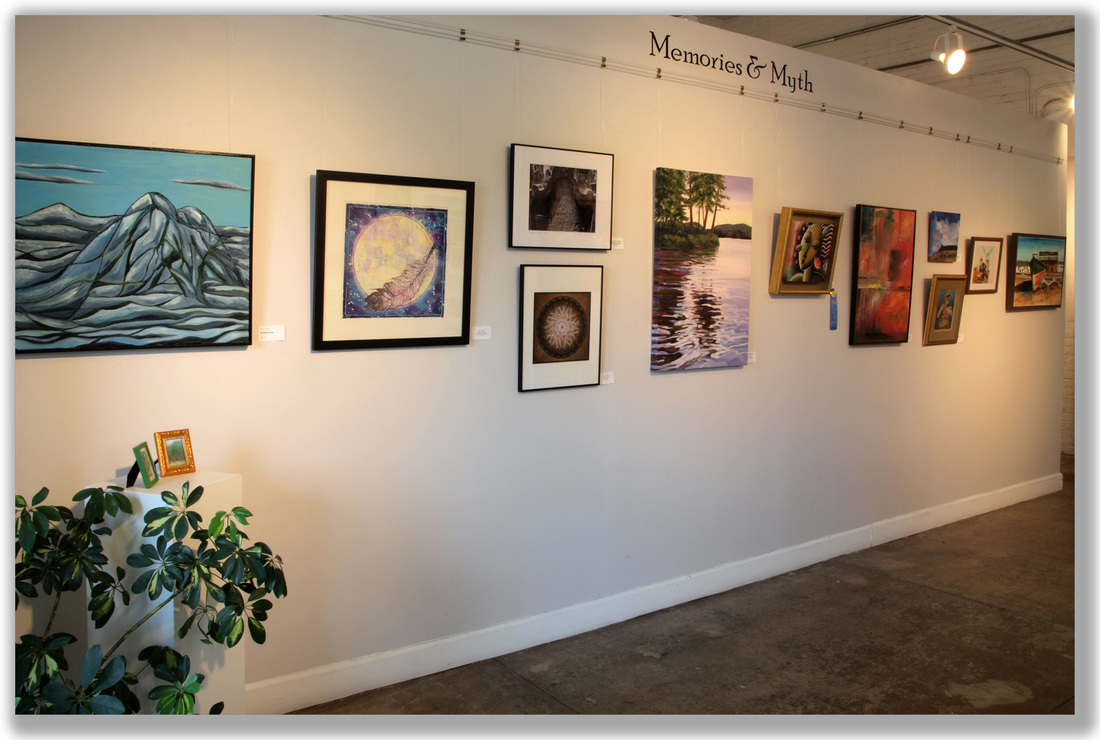
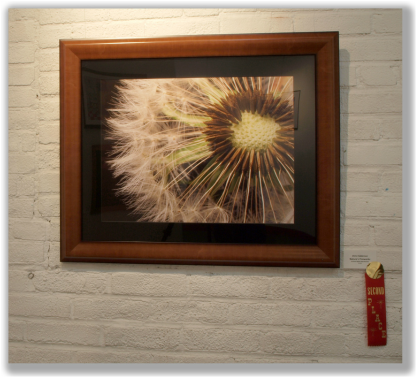
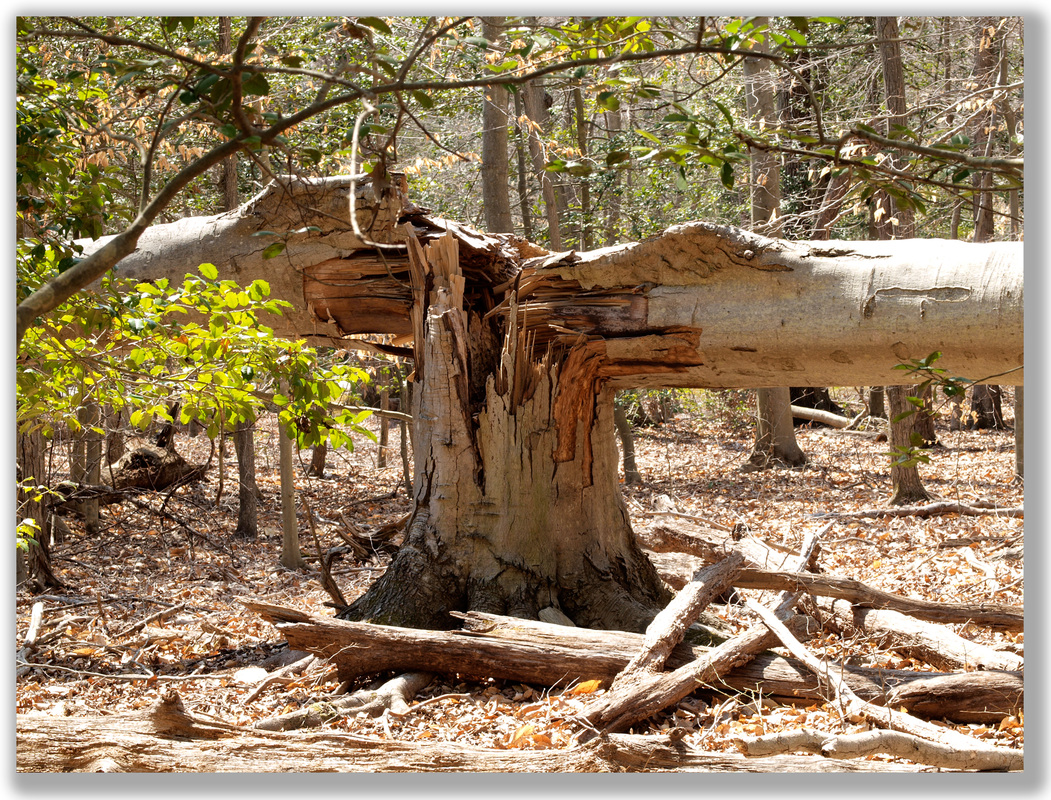
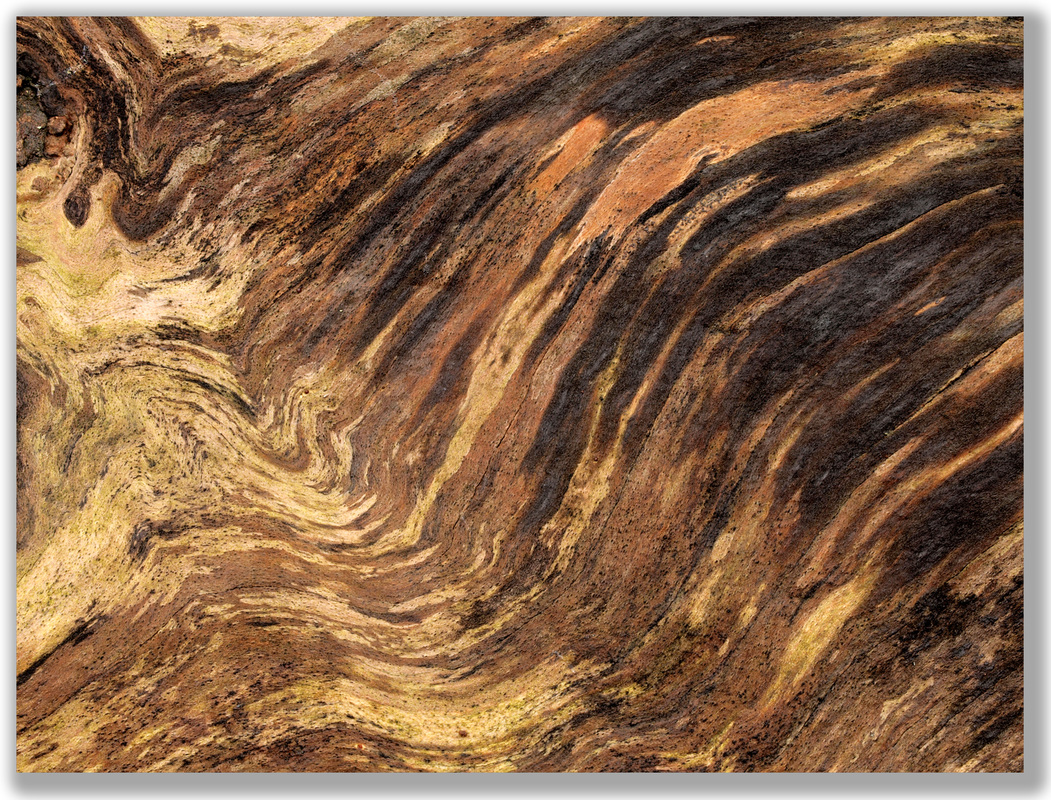
 RSS Feed
RSS Feed
